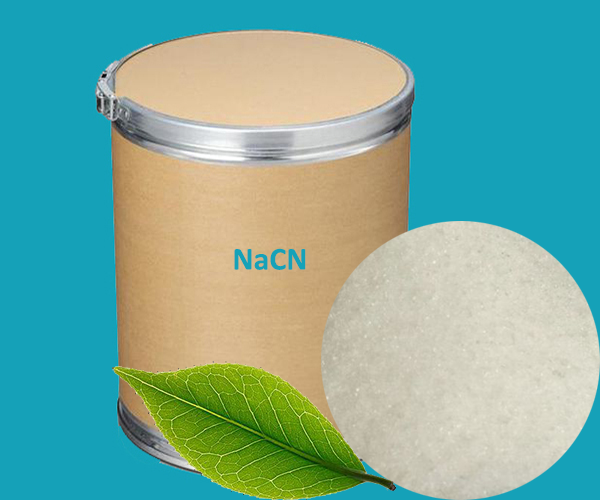Sodium cyanide is a poisonous, hygroscopic inorganic compound, which emits an odor of hydrogen cyanide under damp conditions. The high toxicity of the compound is mainly attributed to the presence of cyanide, which has a strong affinity for metals.
Properties of Sodium Cyanide
Appearance : It is available in the form of white, crystalline powder.
Odor : It has a characteristic faint almond-like odor under moist conditions. However, it is generally odorless under dry conditions.
Boiling point : It normally boils at 1496°C/1769 K/1047°F.
Melting point : The temperature at which the crystalline compound melts is 563.7°C/837 K /1047 °F.
Density : Its density is 1.595 g/cm³.
Solubility : It is highly soluble in cold water and sparingly soluble in ethanol. The solubility of the compound is normally found to be 48 g/100 mL at 10 °C and 82 g/100 mL at 34.7 °C.
Uses of Sodium Cyanide
1. Sodium gold cyanide : It is used in mining for extraction of gold and other expensive metals. Gold being a least reactive metal shows a high affinity for cyanide, causing it to oxidize, and dissolve in the presence of oxygen and water. Sodium gold cyanide and sodium hydroxide are the respective products of this extraction process.
2. Chemical feedstock : Cyanuric chloride, cyanogen chloride, and various types of nitriles are some of the extensively used chemical compounds that are derived from sodium cyanide through several reactions. The cyanide present in NaCN functions as a nucleophile, which donates an electron pair to form a chemical bond. Nitriles that form an essential constituent in a large number of chemicals and pharmaceuticals are widely prepared by this strong neutrophile.
3. Cyanide fishing : It is a method of collecting fish used in aquariums. In this technique, NaCN is sprayed into the fish’s habitat to stun the fish.
4. Sodium cyanate is an ideal nucleophile, and these nucleophilic properties make it a major contributor to the stereospecificity in certain reactions such as in the production of chiral oxazolidone.
5. Sodium cyanate is a useful reagent in producing asymmetrical urea that have a range of biological activity mostly in aryl isocyanate intermediates. Such intermediates as well as sodium cyanate have been used in medicine as a means of counterbalancing carcinogenic effects on the body.
 English
English Español
Español Português
Português Français
Français Deutsch
Deutsch Русский
Русский 中文
中文 日本語
日本語
